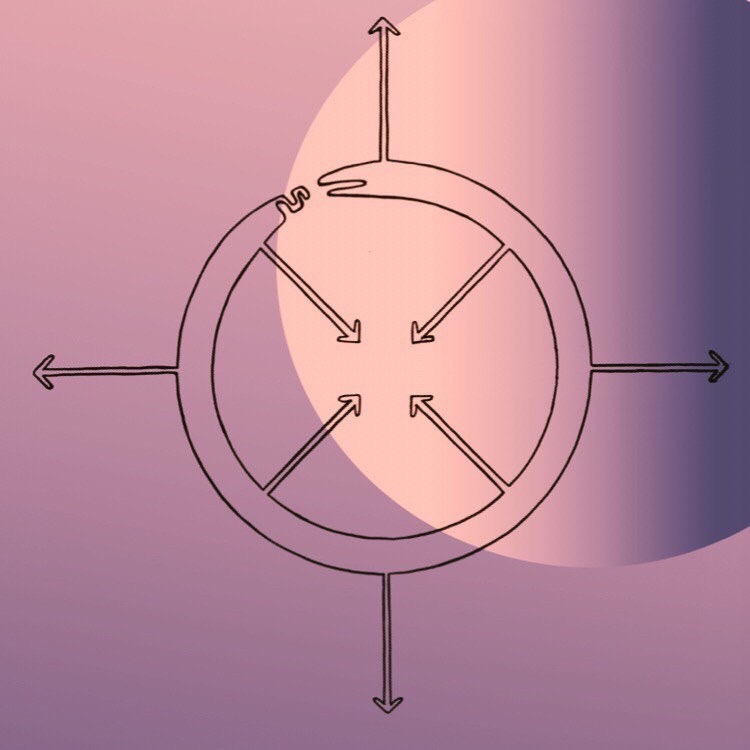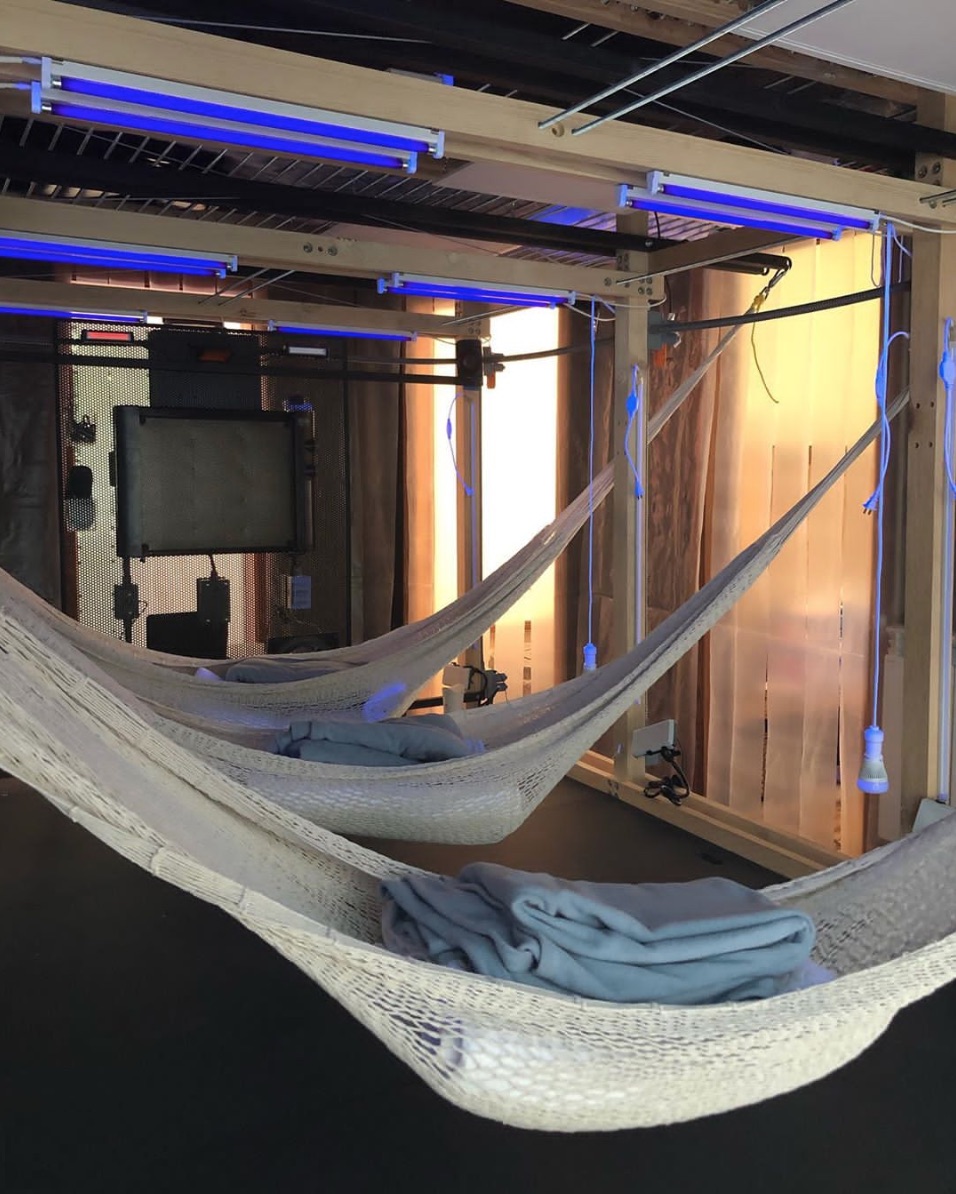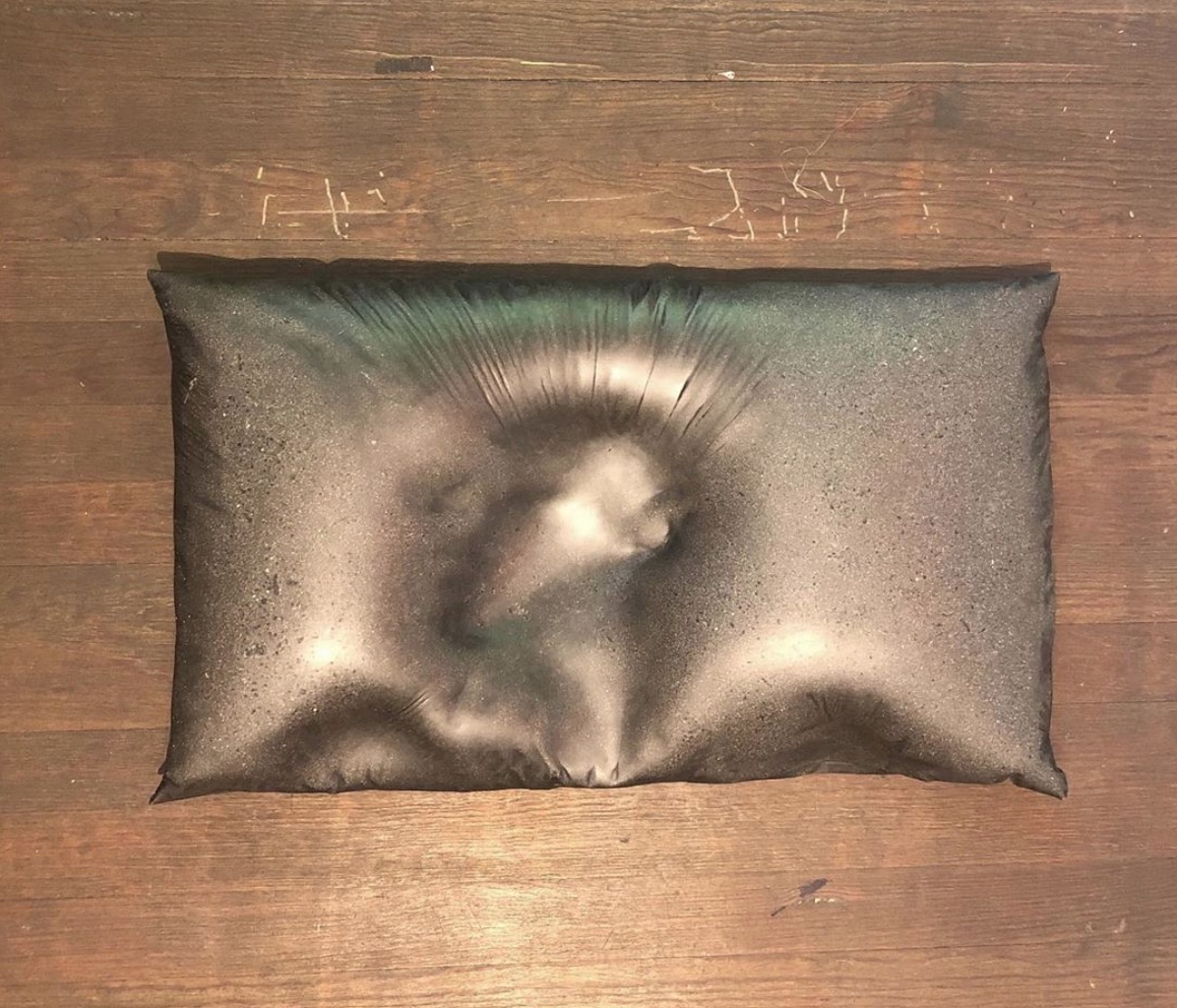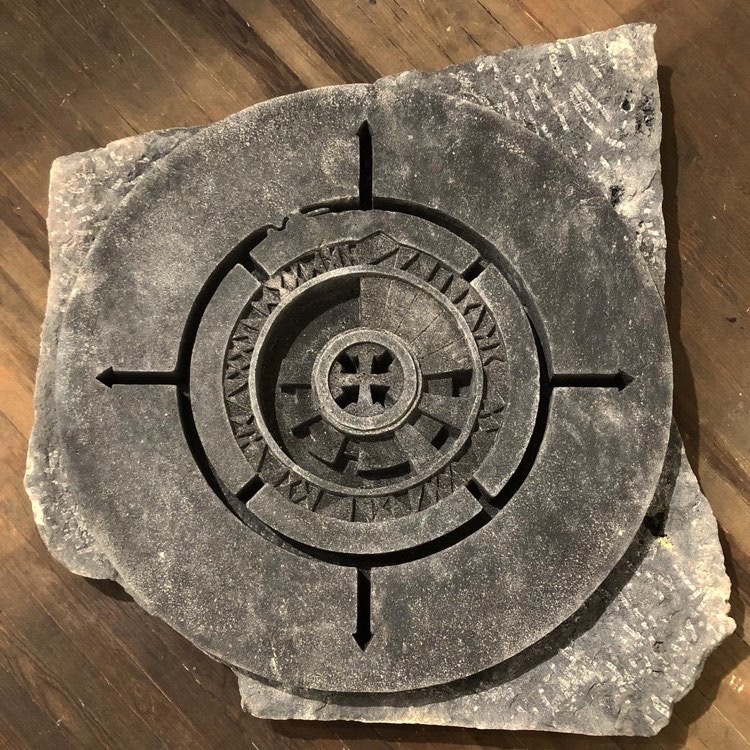
Review
Daytime Visit to a Temple | About Yollotl Gómez Alvarado's exhibition
by Bruno Enciso
At Parque Galería
Reading time
4 min
Yóllotl Gómez Alvarado presents Templo de Sueño: propuesta para una sociedad que duerme (“Temple of Dream: Proposal for a Sleeping Society”), in Parque Galería, on view until April 4th, 2020. Through works carried out in different media and at different disciplinary junctures, the artist displays an ecosystem that avails itself of all the gallery’s rooms in order to cultivate questions surrounding dreams. There are many things to see; it helps to go slowly.I distinguish five large sections that function as the exhibition’s internal organs: a laboratory, a library, a series of visual reports, a pair of measuring instruments, and a manifesto. Each of these moments operates under a different logic and pursues different purposes. I’m not sure what my place is here, nor do I know for sure if I’m in a temple or a laboratory. Am I a user? A mere spectator? Potentially, a dreamer? I wander briefly in each of the five rooms to try to find out.

The laboratory is at the center and constitutes the exhibition’s main machinery. An architectonic formation generates a second chamber in the space, a room within a room. There, as was explained to me, some volunteers for the project spend the night, in groups of three. There are different sleeping scenarios, such as camping and a hammock. Dreams are monitored by electrodes that are then processed in another of the temple’s organs. As there is no one sleeping during visiting hours, I feel that the machine is temporarily out of service.The library is a space connected directly to the laboratory. On the tables are several notes, underlined books, and a couple of computers displaying on their screens the software that monitors brain waves. There are also shelves with books rehearsing the topic of dreams from such different perspectives as cultural theory, philosophy, and psychoanalysis. Spread out on the wall are hundreds of photos, drawings, graphics, and symbols. As soon as the dream-monitoring phase is over, this will become an oniroteca (“dream library”). I can’t imagine if such a collection will be closer to one that holds books or to one that holds teeth.

The manifesto does not have its own room, though it seems as if it did. Reading it implies an exercise in listening to a political statement: a feeling similar to sitting throughout a long act of reading aloud. Does my place in the temple have to do with some kind of affiliation or recruitment? I continue confused about how I am inhabiting the place.
The room with visual reports displays two screen prints, the results of infrared photographs that offer a visible presence of brain activity during sleep. They are pictures with unpredictable shapes and very vibrant colors resembling a kind of map of intensities. There is a sculpture showing the imprint left by the artist’s head on a stone pillow. Both solutions seem to suggest a presence of dreams beyond their contents, and here I see a cut: Is talking about sleeping then the same as talking about dreaming?

The fifth and last section, which also has its own room, shows two fascinating objects: a water clock (also known as a clepsydra) made of ceramic, and a calendar carved in stone. The appearance of these objects invokes a remote time period, when dreaming was surely closer to a spiritual phenomenon than to an individual experience. Both instruments interrupt the hypertechnified atmosphere that dominates the rest of the rooms.

Templo de Sueño presents several frameworks for visualizing, reflecting on, and working through the complexities of dreaming as a cerebral phenomenon, as imagination, as political force, and as reason for convening. The gallery text remarks that this is a long-term project, so perhaps it is too early to figure out how to inhabit the proposition. For the moment, after visiting the exhibition, I have the impression that the idea of dreaming itself remains dark and, sometimes, elusive. After reading from so many different frameworks, I need a nap.
Published on February 29 2020